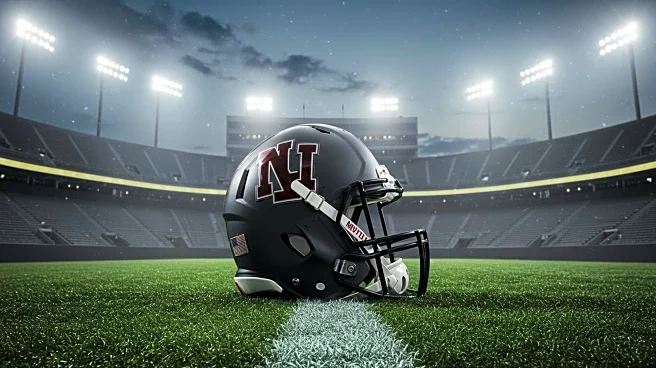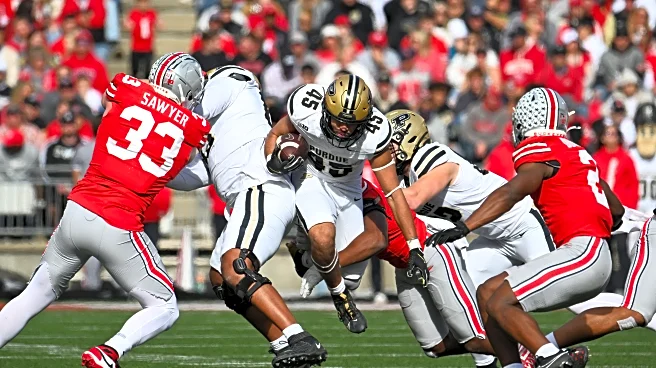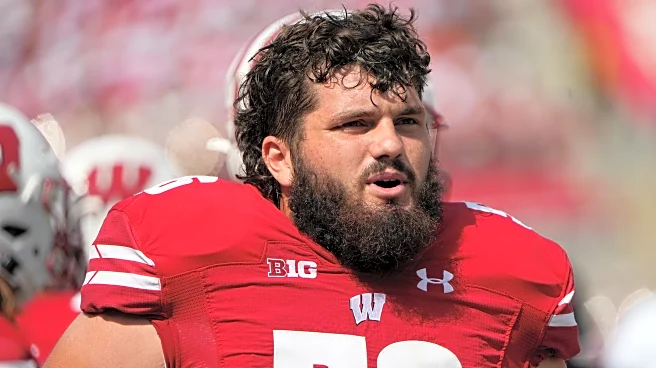Rapid Read • 9 min read
Recent heatstroke incidents involving high-school athletes have sparked a nationwide call for improved safety practices during extreme heat conditions. Two teenagers, Joshua Henderson from Tennessee and Mikah King from Georgia, tragically died after collapsing during football practice in high temperatures. This follows a similar incident in 2017 when Zach Martin, a 16-year-old from Florida, succumbed to heatstroke during summer practice. Laurie Martin-Giordano, president of the Zach Martin Foundation, emphasized the importance of self-advocacy in preventing such tragedies, urging athletes to ensure proper hydration, nutrition, and rest. The Mayo Clinic defines heatstroke as a severe condition caused by the body overheating, often due to high temperatures or prolonged physical activity. Symptoms include a high body temperature, altered mental state, and changes in sweating patterns. Experts advise immediate cooling measures to lower body temperature before seeking medical assistance.
AD
The recent deaths highlight the critical need for awareness and preventive measures against heatstroke, particularly for young athletes. As temperatures rise, the risk of heat-related illnesses increases, posing a significant threat to those engaged in outdoor activities. The incidents underscore the importance of educating athletes, coaches, and parents about the dangers of heat exposure and the necessary precautions. Implementing safety protocols can prevent further tragedies and protect the health of athletes nationwide. The broader impact extends to public health policies, potentially prompting schools and sports organizations to revise guidelines for outdoor activities during extreme heat.
In response to these incidents, schools and sports organizations may consider revising their safety protocols to better protect athletes from heat-related illnesses. This could involve scheduling practices during cooler times of the day, ensuring access to hydration, and educating athletes on recognizing early signs of heatstroke. Additionally, advocacy groups like the Zach Martin Foundation may push for legislative changes to enforce stricter safety measures. Public health agencies might also increase efforts to raise awareness about heatstroke prevention, potentially leading to new guidelines and resources for schools and communities.
The tragic events bring attention to the ethical responsibility of schools and sports organizations to safeguard the health of young athletes. There is a cultural dimension to consider, as the competitive nature of sports often prioritizes performance over safety. This situation may prompt a shift in how athletic training is approached, emphasizing health and safety over competitive success. Long-term, these incidents could lead to a cultural change in sports, where the well-being of athletes is prioritized, potentially influencing training practices and attitudes towards heat exposure.
AD
More Stories You Might Enjoy











